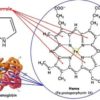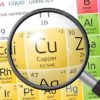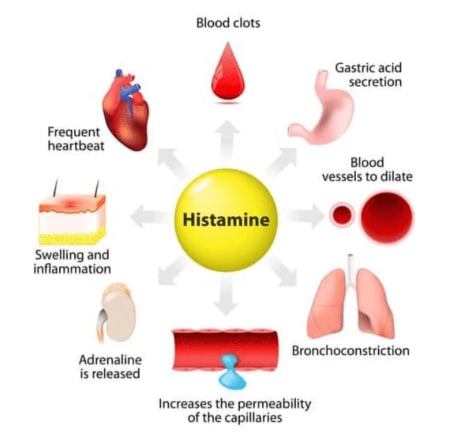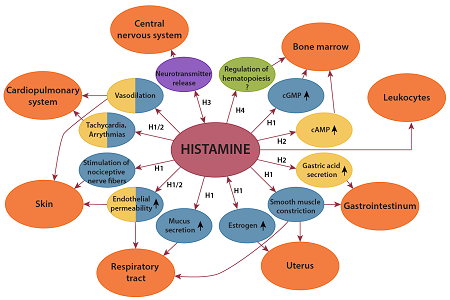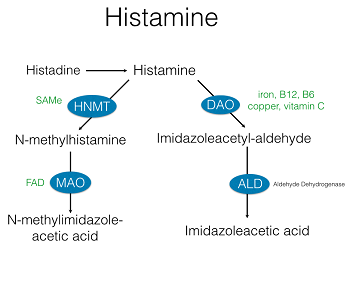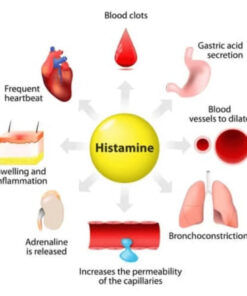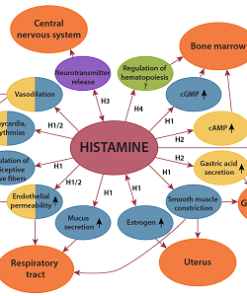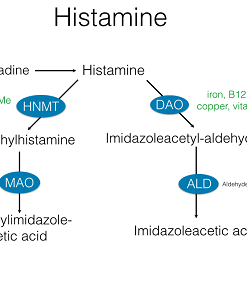Histamine, Whole Blood
Whole Blood Histamine CPT #83088
Whole Blood Histamine Test for Methylation Status in Depression and Schizophrenia
Whole blood histamine has become an essential marker for assessing methylation status, particularly in the context of mental health conditions like chronic depression and schizophrenia. Dr. William Walsh’s work highlights how methylation imbalances can profoundly affect mental health. Unlike genetic SNP testing (e.g., MTHFR), which only predicts methylation tendencies, whole blood histamine provides a real-time view of methylation activity, making it a primary test in the Walsh Approach.
Proper interpretation of WB Histamine per the Walsh Approach
There are nuances in the interpretation of this test. For instance, Dr Walsh's functional range of normal is not the same as what a Lab Corp test will provide.
- Individuals with levels above 70 are considered undermethylated, if the symptoms correlate.
- When levels are below 40, then a person is assumed to be overmethylated.
- Other factors taken into consideration are medications. Most antidepressants are strong or weak antihistamines and will impact this test. Knowing the strength of the antihistamine taken is also used to properly interpret this test.
Personalized Support with Dr. Dave
If you’re looking to understand your WB Histamine results or explore natural approaches to manage symptoms, Dr. Dave offers a 10-minute consultation for $50 when ordering this test. On this call, he will provide guidance on the connection between your blood results, your methylation status and natural treatment strategies for depression or other methylation related mood or behavior issues.
Why Whole Blood Histamine Over Plasma?
Whole blood histamine measures the activity of histamine methyltransferase, an enzyme dependent on SAMe (S-Adenosylmethionine) that degrades histamine. High levels of SAMe indicate overmethylation (low histamine), while low levels of SAMe or methionine signify undermethylation (high histamine). This direct link to methylation pathways makes whole blood histamine an accurate marker for current methylation status, revealing biochemical imbalances more reliably than genetic predispositions.
The Increasing Prevalence of High Histamine (Undermethylation) in Depression and Schizophrenia
Over the past two decades, Walsh’s research has shown a notable increase in high histamine levels, or histadelia, particularly in patients with schizophrenia and chronic depression. Today, approximately 60-70% of individuals with these conditions present with high histamine levels, compared to lower frequencies in previous years. Walsh suggests that this shift may stem from epigenetic changes, potentially influenced by the widespread use of folic acid in preconception and prenatal supplementation. Excessive folic acid intake may impact methylation pathways, contributing to higher rates of undermethylation.
Methylation and Depression Treatment
Methylation regulates neurotransmitters crucial to mood stability and cognitive function. Knowing whether a patient is overmethylated or undermethylated helps tailor treatment, as each profile responds differently to nutrients and medications. For instance, undermethylated individuals, who often have elevated histamine, may benefit from methylation support using nutrients like SAMe, B12, and methionine, whereas overmethylated individuals may need folate and niacin instead.
Histamine’s Broader Role in Mental Health and Sleep
As a neurotransmitter, histamine influences the sleep-wake cycle and mental clarity. It promotes wakefulness and stops firing during REM and non-REM sleep, underscoring its importance in sleep regulation.
Historical Context: Dr. Carl Pfeiffer’s Findings on Histamine Imbalances
Dr. Carl Pfeiffer’s early work in schizophrenia identified two types of histamine imbalances:
- Histapenia (Low Histamine): Previously common in schizophrenia, associated with high copper and psychotic symptoms like grandiosity, paranoia, and racing thoughts.
- Histadelia (High Histamine): More common in men with schizophrenia and chronic depression, linked to hyperactivity, compulsions, and chronic depression.
The trend toward increased histadelia reinforces the importance of whole blood histamine as a tool in treating depression naturally, by guiding the precise nutrient support needed to balance methylation and support mental well-being.
| Histamine Test | Test Only, Test plus 10 Minute Phone Consult |
|---|

